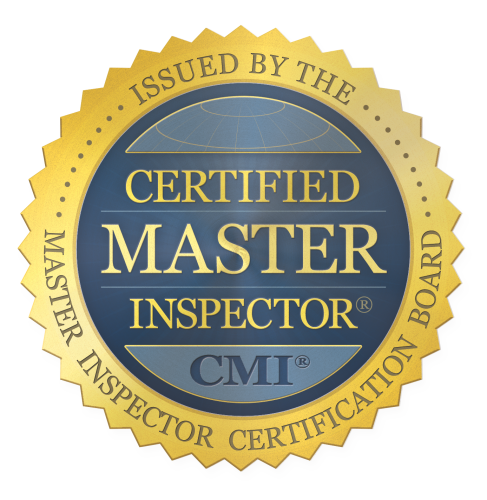Manassas Stone House - Wavy Glass
In Northern Virginia there are many places you can go to see old houses and buildings. One defining feature common to all is that some windows still contain original glass.
How can you tell? It is wavy or otherwise disturbed. Walking through Mount Vernon and Monticello, and other such historical sites, when looking out the windows, it is easy to see which panes are original and which have been replaced over the years.
Glass is made by melting sand (silica) and mixing it with some form of flux, like soda ash, to reduce the melting temperature. Then through an "annealing" process it is cooled slowly which eliminates stresses. One technique was particularly popular when the Stone House was built. It was called "cylinder glass."
Cylinder glass - also called muff or broad glass, was a blown sphere twisted into a sausage shape. The ends were removed and the resulting cylinder was split and flattened and cooled in the annealing oven. This process produced quite large sheets, approximately 2ft by 1ft, characterized by deformed, wavy lines and a rather dull finish from its contact with the annealing table. Seldom completely flat, the slightly convex face was always pointed outwards to deflect high winds.
Such is the case in the Stone House at the Manassas Battlefield National Park. It is one of three intact buildings which existed during the two battles there during the Civil War.
The Warrenton Turnpike (currently VA Route 29) was one of the first hard-surfaced roads in Northern Virginia during the second quarter of the 19th century and the heyday of what is called the "Turnpike Era." A toll gate actually stood across the turnpike from the Stone House!
The house was owned by Henry P. and Jane Matthews from 1850 to 1865. The Stone House, then called the Matthews House, was a very popular stopping point for wagon and horse travelers on the turnpike. It boasted a "bar and grill!"
The wavy window you see is one pane in a window in the bar and grill room. You are looking west toward Matthews Hill, where -
During First Bull Run, Bee, Bartow and Evans took on Burnside, retreating to another hill on the opposite side of the turnpike. At that hill Bee uttered the famous phrase that gave an unknown Virginia Confederate officer his famous nickname of "Stonewall."
During Second Bull Run, "Stonewall" Jackson chased Porter and Reno over the hill, forcing them to retreat.
After Second Bull Run the Confederates actually used the Stone House to parole Union prisoners. Who knows how many people have looked through the pane you are looking through now! Perhaps even Stonewall Jackson himself.

Comments
Post new comment